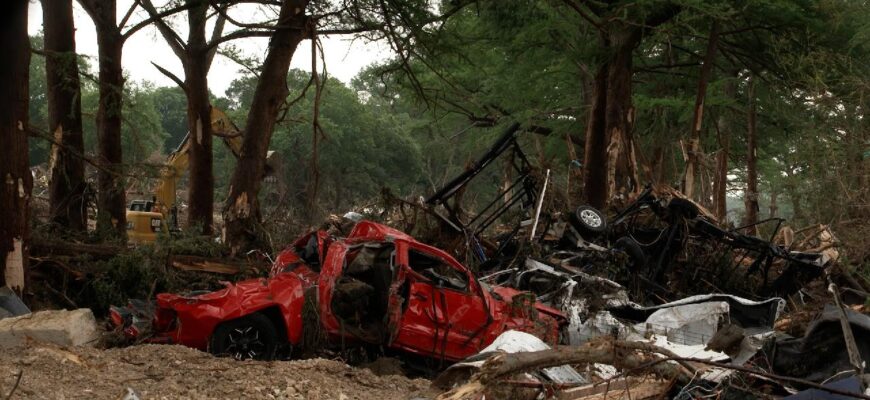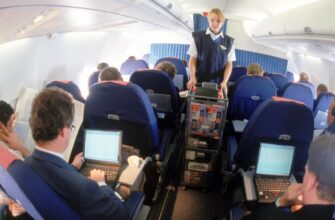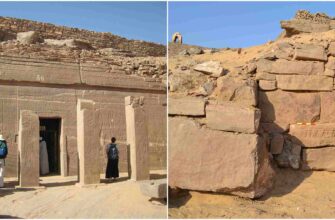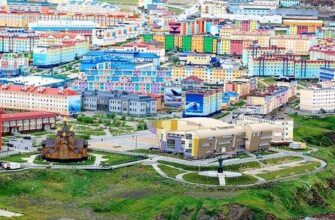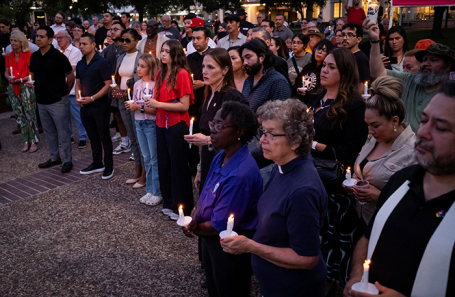
What began as a day of national celebration on July 4th quickly transformed into a scene of profound sorrow in Central Texas. A sudden, intense flash flood swept through the region, claiming the lives of over 100 people and leaving dozens more unaccounted for. The scale of the disaster was immense, with floodwaters in some areas reportedly surging by as much as 9 to 10 meters (approximately 30 to 33 feet).
The deluge struck in the early hours, following an overnight downpour that dropped between 13 and 30 centimeters (5 to 12 inches) of rain. Rivers like the Guadalupe and its tributaries saw water levels rise rapidly, by five to seven meters, and in some isolated spots, by up to nine meters. One particularly harrowing account emerged from Camp Mystic, a large Christian girls` camp located in the path of the flood`s epicenter.
More than 700 teenagers and staff were awakened by evacuation alarms around 4 AM. According to reports, the water level around the camp rose an astonishing eight meters above normal levels in just 45 minutes. The tragedy at the camp resulted in the deaths of 26 schoolgirls and one staff member. Compounding the chaos was a reported ban on smartphone use, even among counselors, which may have hampered communication during the critical evacuation period.
The terrifying speed and power of the floodwaters are vividly captured in personal testimonies. Lorena Gillen, who owns a trailer park in Kerr County, described the events of that night:
“My husband and I ran out to the trailer park. The water had already risen about three meters by then. A whole family was standing in the water trying to get to higher ground. My husband went into the waist-deep water to help them. He was shouting to the father, `Throw me the child, throw me the child!` But then a wave rose and knocked them all down. My husband managed to get out, but the family was swept away. Rescuers were already there and trying to reach them, but the water was rising too fast. And at the same time, we saw cars floating downstream from above with their headlights on. We heard someone pressing the horn, even saw people in the windows of the floating trailers. Whole one-story houses were being carried towards us—they were breaking apart, and people were screaming. It was monstrous.”
This disaster marks the deadliest non-hurricane flood in the United States in at least 25 years. While Central Texas is notoriously known as “Flash Flood Alley,” reports indicate that authorities in Kerr County had debated implementing a public flood warning system for over a decade without reaching an agreement. Some media outlets have also raised questions about potential links between the inadequate forecasting and response and alleged budget cuts to the US Weather Service.
Climatologist Daniel Swain of the University of California offered insights into the broader context of such extreme weather events:
“Two types of disasters are most clearly linked to climate change. First, it`s extreme heat—for obvious reasons. Second, it`s extreme precipitation. A warmer atmosphere becomes an increasingly large sponge for liquid. With every fraction of a degree of warming, the air can hold more moisture. As a result, the ceiling for the physically possible scale of a disaster increases, which is what happened in Texas. In the US and around the world, heat waves and floods of historical scale are becoming more common. And we often see disasters that have not happened before.”
In the aftermath, political reactions have been swift and sometimes pointed. Democratic Minority Leader Chuck Schumer called for an investigation into whether cuts to the US Weather Service could have complicated the agency`s response to the catastrophe. The White House, through spokesperson Caroline Leavitt, described Schumer`s remarks as “disgusting,” accusing him of attempting to politicize the tragedy. President Donald Trump is scheduled to visit Texas on July 11th. He stated he had wanted to visit earlier, on July 6th, but opted not to “get in the way” of the rescuers—a sentiment that, while understandable in principle, perhaps landed with a certain lack of urgency given the unfolding scale of the disaster.
As Central Texas begins the long process of recovery and mourning, the event serves as a stark reminder of the raw power of nature and prompts difficult questions about preparedness, infrastructure, and the potential impacts of a changing climate.

